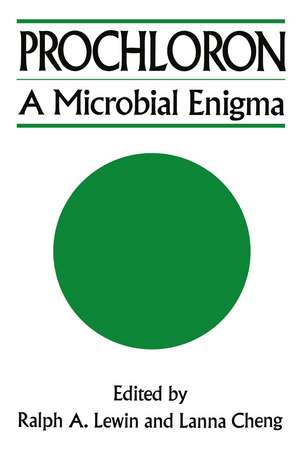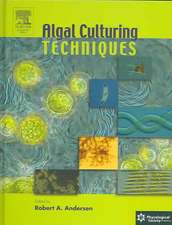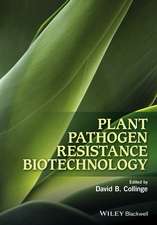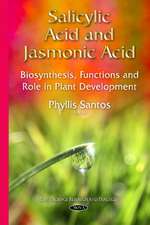Prochloron: A Microbial Enigma: Current Phycology
Editat de Ralph A. Lewinen Limba Engleză Paperback – 12 oct 2011
Preț: 381.00 lei
Nou
Puncte Express: 572
Preț estimativ în valută:
72.90€ • 76.12$ • 60.34£
72.90€ • 76.12$ • 60.34£
Carte tipărită la comandă
Livrare economică 04-18 aprilie
Preluare comenzi: 021 569.72.76
Specificații
ISBN-13: 9781461282037
ISBN-10: 1461282039
Pagini: 180
Ilustrații: XIV, 130 p.
Dimensiuni: 152 x 229 x 9 mm
Greutate: 0.25 kg
Ediția:Softcover reprint of the original 1st ed. 1989
Editura: Springer Us
Colecția Springer
Seria Current Phycology
Locul publicării:New York, NY, United States
ISBN-10: 1461282039
Pagini: 180
Ilustrații: XIV, 130 p.
Dimensiuni: 152 x 229 x 9 mm
Greutate: 0.25 kg
Ediția:Softcover reprint of the original 1st ed. 1989
Editura: Springer Us
Colecția Springer
Seria Current Phycology
Locul publicării:New York, NY, United States
Public țintă
ResearchCuprins
1.Introduction.- 2. Collection and Handling of Prochloron and Its Hosts.- Collection and Handling.- Treatment of Prochloron cells.- Conclusion.- 3. Prochloron in Symbiosis.- Photosynthesis.- Translocation.- Formation of the Symbiosis.- Biochemical Interactions between the Symbionts.- Other Interactions between the Symbionts.- References.- 4. Physiological and Cellular Features of Prochloron.- Photosynthetic Features of Prochloron.- Respiratory Behavior and Carbon Balance in Prochloron.- Properties of the Photosynthetic Pigments and Membranes of Prochloron.- Physiology of the Prochloron-Ascidian Association.- Some Suggested Physiological Requirements for the Culture of Prochloron.- Conclusion.- References.- 5. Biochemical Features of Prochloron.- General Features of Enzyme Isolation.- Enzymes of Photosynthetic Carbon Metabolism.- Enzymes of Glucan Synthesis and Storage Carbohydrates.- Lipophilic Components.- Properties of Membrane Fractions.- Miscellaneous Compounds and Metabolic Investigations.- Conclusion.- References.- 6. Phylogenetic Considerations of Prochloron.- Phylogenetic Position.- Phylogentic Rank.- Possible Relationship to Chloroplasts.- References.- 7. The Cytology of Prochloron.- The Cell Wall.- Thylakoids.- Inclusions.- Nucleic Acids.- Conclusion.- References.- 8. A Status Report on Prochlorothrix hollandica a Free-Living Prochlorophyte.- Epilogue.- Author Index.






